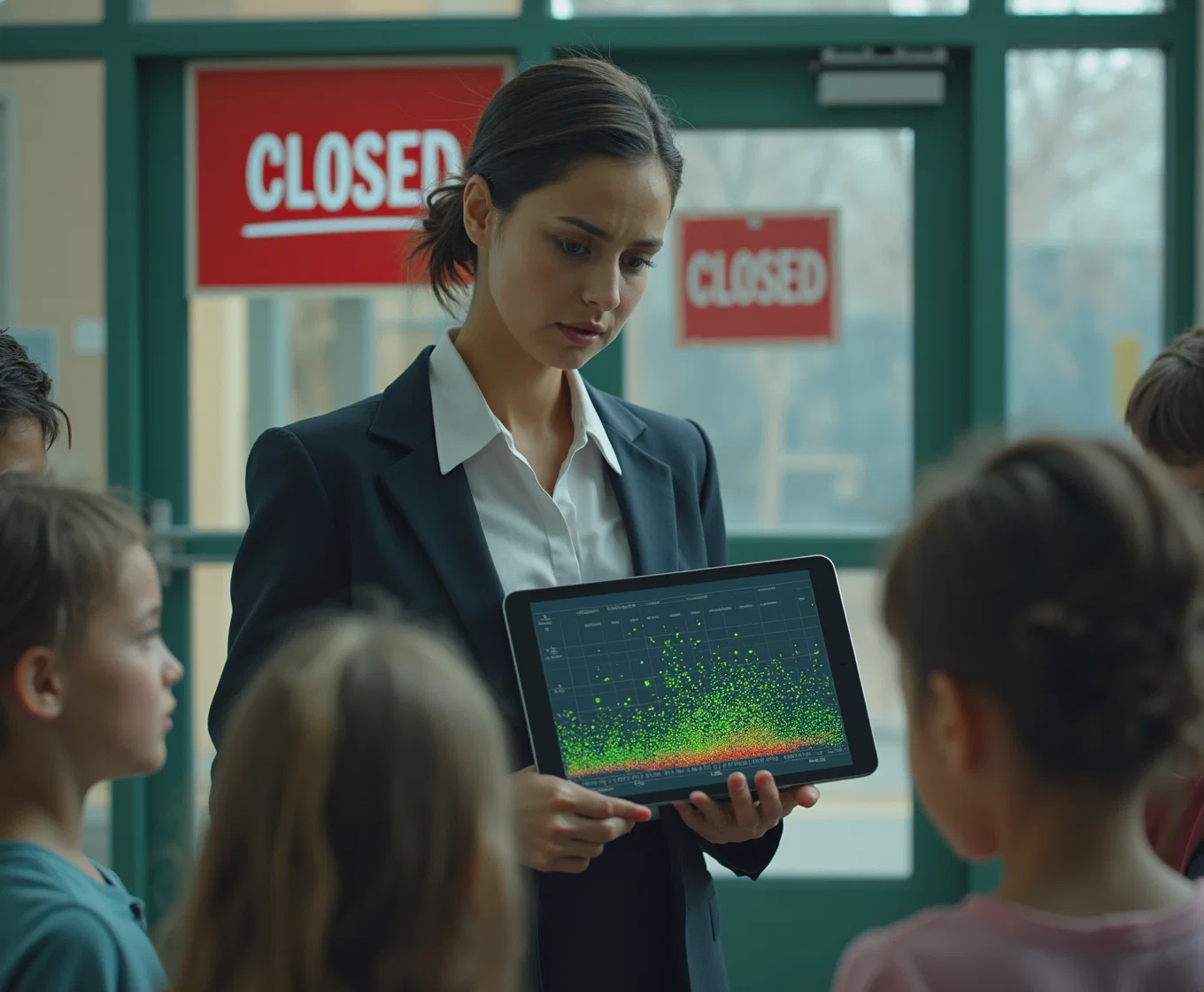Jan 06 2025 12 mins 10
Exactly five years ago, China identified a “novel coronavirus” and the world was introduced to the term “wet market”. In the time since then arguments continue to rage about the source of the virus, the measures that were taken, and the vaccines that were created.
In the midst of all these arguments, everyone seems to agree on one thing: extended school closures were a bad idea. It’s very easy to continue on from that to assume the harms of such closures were obvious from the very beginning—that they happened only because we were blinded by fear. Some people don’t go quite so far, but nevertheless argue that such closures were implemented hastily and without much consideration. But consider this quote from the Michael Lewis book Premonition on the role of disease modeling:
The graph illustrated the effects on a disease of various crude strategies: isolating the ill; quarantining entire households when they had a sick person in them; socially distancing adults; giving people antiviral drugs; and so on. Each of the crude strategies had some slight effect, but none by itself made much of a dent, and certainly none had the ability to halt the pandemic by driving the disease’s reproductive rate below 1. One intervention was not like the others, however: when you closed schools and put social distance between kids, the flu-like disease fell off a cliff. (The model defined “social distance” not as zero contact but as a 60 percent reduction in kids’ social interaction.) “I said, ‘Holy shit!’ ” said Carter. “Nothing big happens until you close the schools. It’s not like anything else. It’s like a phase change. It’s nonlinear. It’s like when water temperature goes from thirty-three to thirty-two. When it goes from thirty-four to thirty-three, it’s no big deal; one degree colder and it turns to ice.
